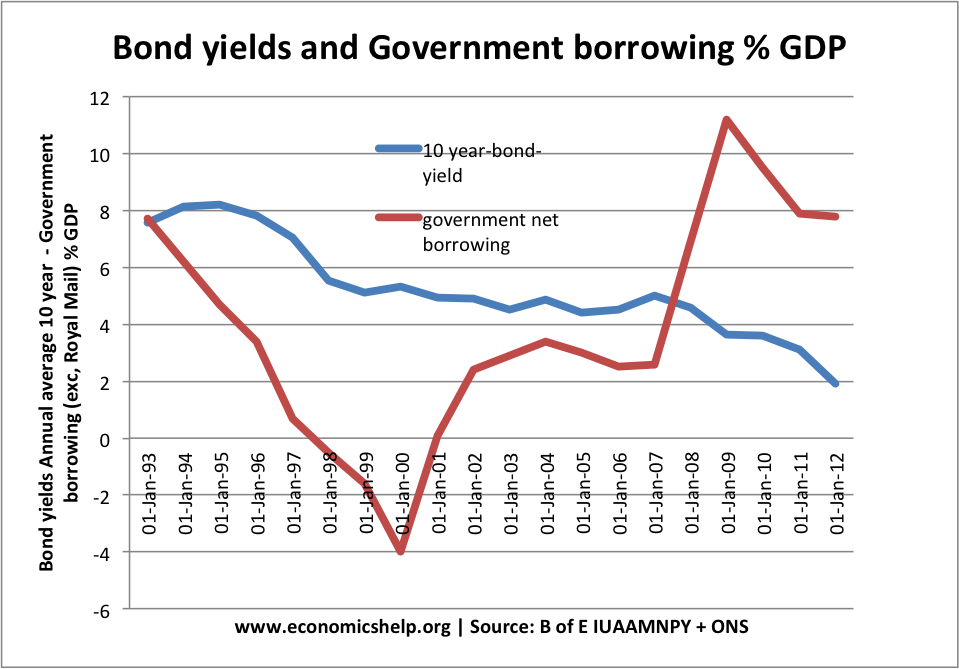Buying Bonds Effect of Interest Rates on Bond Value vs Yield
Post on: 4 Апрель, 2015 No Comment

by Guest Blogger on 2012-02-27 12
Before answering these questions, lets touch on a few investing basics. Whenever you consider any investment, its crucial to investigate how the holding fits in with your risk tolerance and goals. Bonds are considered less risky or volatile meaning their price movements vary less than those of stocks. Conventional investing wisdom recommends that by adding bonds, you can reduce your portfolio volatility substantially.
Bonds can reduce your investment risk, but should you invest in them now? Before answering that question, you need to have an asset allocation in line with your personal risk tolerance. If youre going for a higher return, you must take on more risk for the opportunity to achieve that greater payoff. Bonds are an important part of an overall portfolio strategy. After you determine your preferred asset allocation. then it’s time to fund the bond or fixed portion of your portfolio.
At a high level, you can help determine your bond allocation by using a basic and simple formula. This formula can provide an approximate reading of what your non-stock allocation should be that is, it may give you a hint or some idea of how much of your investments should go cash or bonds vs equities. Heres the formula:
100 – [your age] = your stock allocation
For instance, if youre 40 years old, you can start off with a 60% allocation for stocks (100 40), thereby making your cash and bonds allocation around 40%. This approach is not set in stone, but is rather a guide that you can use to figure out what allocations to make.
Individual Bonds vs Bond Mutual Funds
All bonds are not alike. Bond investments range from the most secure one year government Treasury bill yielding less than 0.17% as of early 2012, to longer term junk (or low rated) bonds averaging above 7% at this time (e.g. check out the JNK ETF ). The investor can purchase individual bonds and hold them until maturity, at which time the face value will be returned to the investor. For example, buy an A rated 5 year investment grade bond at par for $1,000.00 and receive yearly coupon or interest payments of 2.5%. Go longer term on your investment horizon and the 20 year A rated bond will pay 4.35% on average. If you sell the bond in the secondary market before maturity, you may or may not receive your original $1,000.00 principal payment back. Furthermore, unless you have at least $30,000.00 or more to invest in bonds, it is difficult to get enough diversification in your portfolio when investing in individual bonds. So, individual bonds in and of themselves, have some draw backs.
What about a bond fund? The advantage to investing in a bond fund is that you get great diversification for a reasonable amount of money. Additionally, there are multiple varieties of bond funds, suitable for any investor’s preference. But unlike investing in individual bonds, funds do not have a maturity date. Put your cash in a bond fund today, and when interest rates rise, your principal investment value is certain to fall. Long story short, when interest rates go up, youll lose money when you sell.
Bonds vs Stocks: Long Term Investment Performance
Anyone over the age of 30 is familiar with historical bond interest rates. In fact, over the last 83 years, the annualized average stock returns were 9.23% and Treasury bond returns were 5.14%. So how do you reconcile that history with the more recent inverted returns of stocks and bonds? During the first decade of this century, bond returns far surpassed those of stocks.














